Amongst the Bland Holt component of the George Coppin archive held in the Australian Manuscripts Collection at State Library Victoria, there is a set of 22 photographs (a selection is reproduced here) from the 1920 Australian silent movie, The breaking of the drought. Directed by Franklyn Barrett, the movie was based on the popular play, written in 1902, by Bland Holt and Arthur Shirley.
Joseph Thomas (Bland) Holt, (1851-1942) was a comic actor and producer who took over the theatre business of George Coppin. He founded and managed the Bland Holt Company in Melbourne, procuring rights to present successful plays from London in Australia. It’s worth noting that there are a number of photograph albums in the Library’s collection, containing detailed images of stage sets of plays from Drury Lane, London. These albums were sent to Holt by his colleagues in England, so that the costumes and stage sets could be replicated here. Holt toured Europe, North America and New Zealand and later distributed movies in Australia.
The stage play of The breaking of the drought of 1902 was very popular. Audiences and critics were impressed by the stage design, which included real horses, recreations of Paddy’s Market, swimming pools and real trees.
Scene of the stage melodrama ‘The breaking of the drought’ from 1902, showing the stage scenery for Paddy’s Market, Sydney, and the cast of the play, MS 8827/13/PHO193.
The play is set in Wallaby Station in the Australian outback, where the squatter Jo Galloway and his family are battling the ravages of drought. Their son, Gilbert, is away in Sydney, studying medicine, when he is seduced by Olive Lorette and conned by Varsy Lyddleton. They encourage him to forge his father’s name on cheques, which ruins the family. The story ends happily, with the family finances restored, the drought breaking, and the hero marrying the Galloways’ beautiful daughter.
Filmed partially in Moree and Narrabri in northern New South Wales, during the severe drought of 1919, the movie shows real images of the devastation suffered by animals and farmers. So disturbing were some scenes, that there was discussion in Parliament about banning it from being shown overseas, so that it would not show Australia in a bad light. An almost complete film, pasted together from two existing incomplete copies, is held by the Australian Film and Sound Archive.
No. 4: Gilbert Galloway meets Olive Lorette
Each of the 22 photographs is annotated on the back with a caption, and numbered to indicate the sequence each appeared on the screen. These are not individual frames from the film though – they would not be of high enough quality. Rather, they are purpose made movie stills, created by an on-site specialist photographer. These photographs would have been used for publicity purposes like creating billboards and posters, as well as having the very important function of ensuring continuity and matching of costume, set design and horizon alignment during filming.
No. 10: At ‘Wallaby’. The Galloways decide to visit Gilbert in Sydney
No. 13: Marjorie: Go back to the Bush …There’s plenty of honest work
No. 15: Members of the Hurricane Club dance to a Jazz Band
No. 17: Ballerina and Rone [?] at Hurricane Club
No. 19: Lyddleton secures Olive’s diamonds. The strangling scene
For more details about cast members, film locations and the social impact of the film see:
- Paul Byrnes, The breaking of the drought, Australian Screen, viewed 25 July 2018
- The breaking of the drought, Wikipedia, viewed 25 July 2018
Olga Tsara, Librarian, Heritage Collections

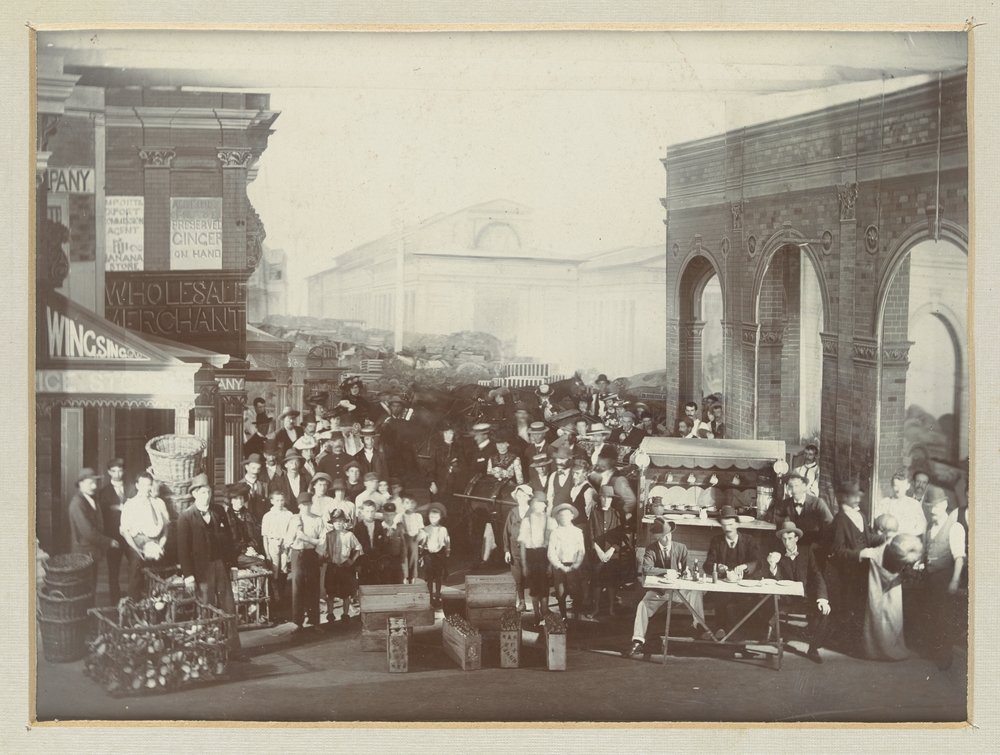
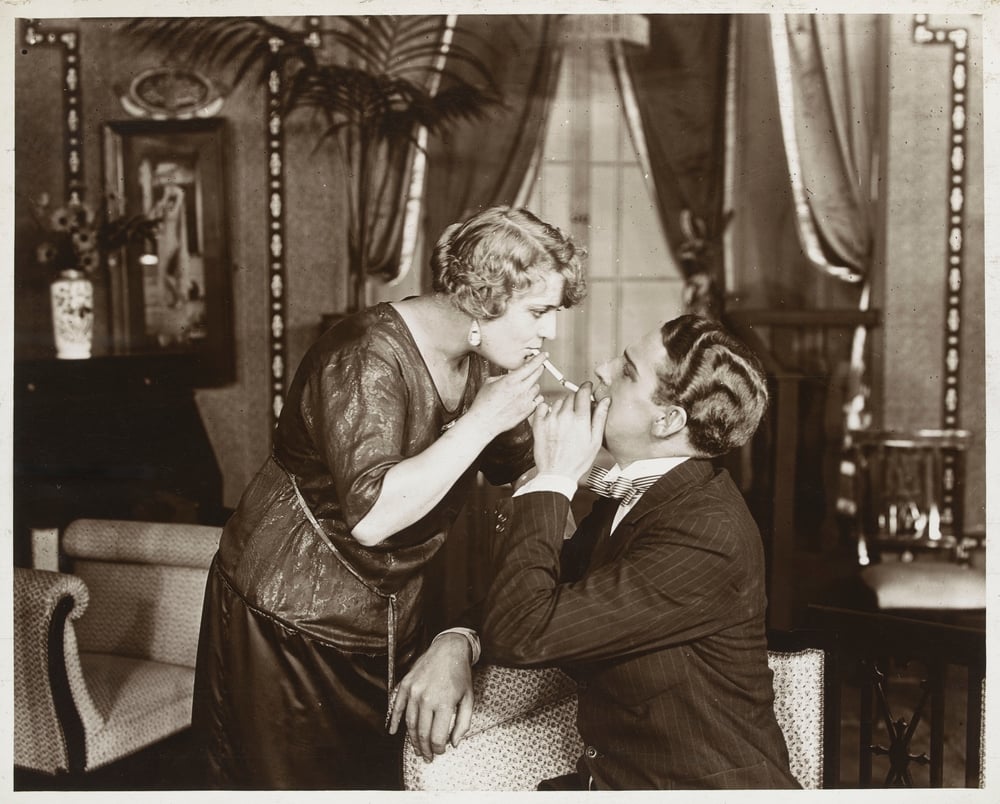
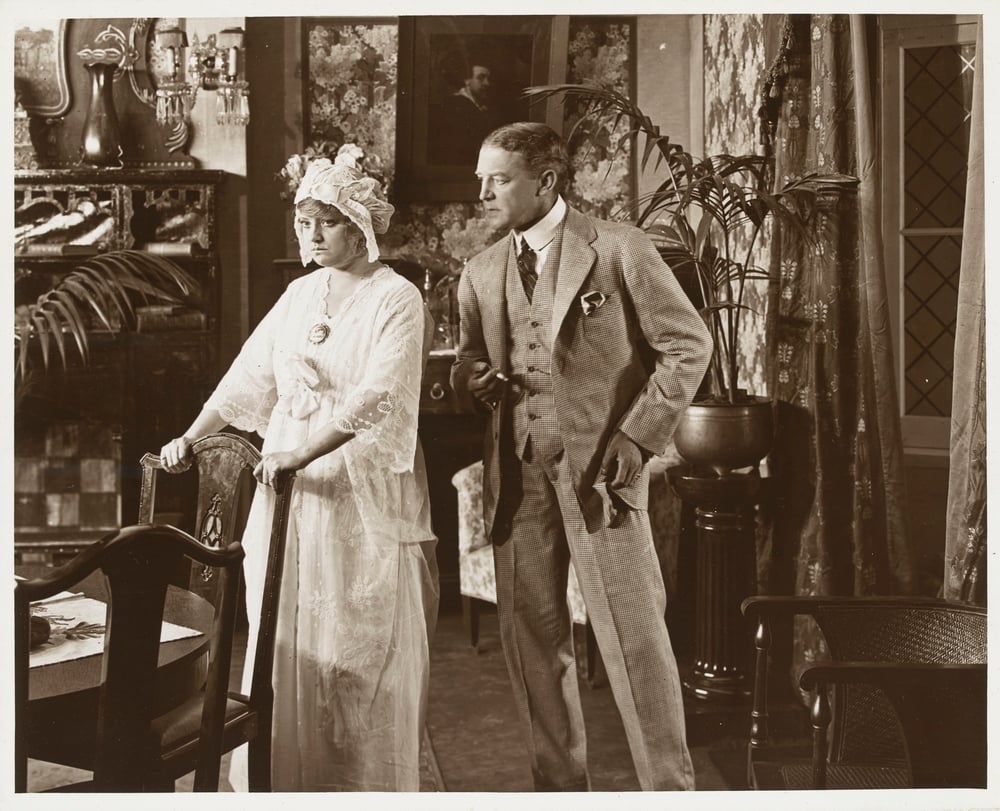
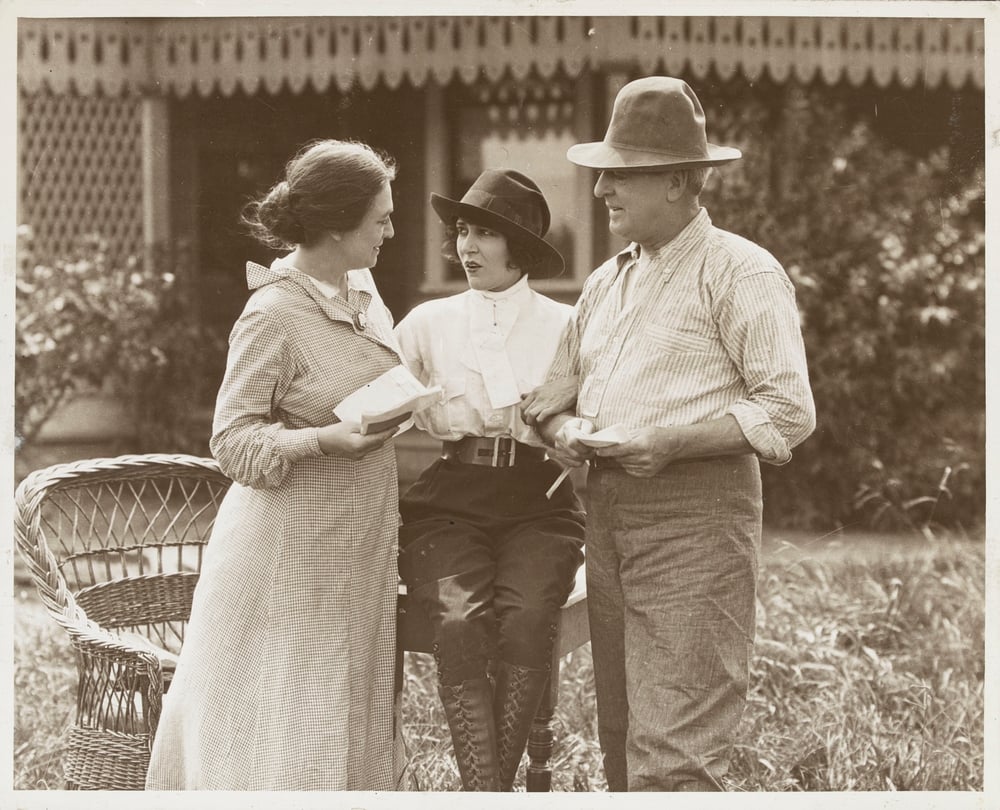
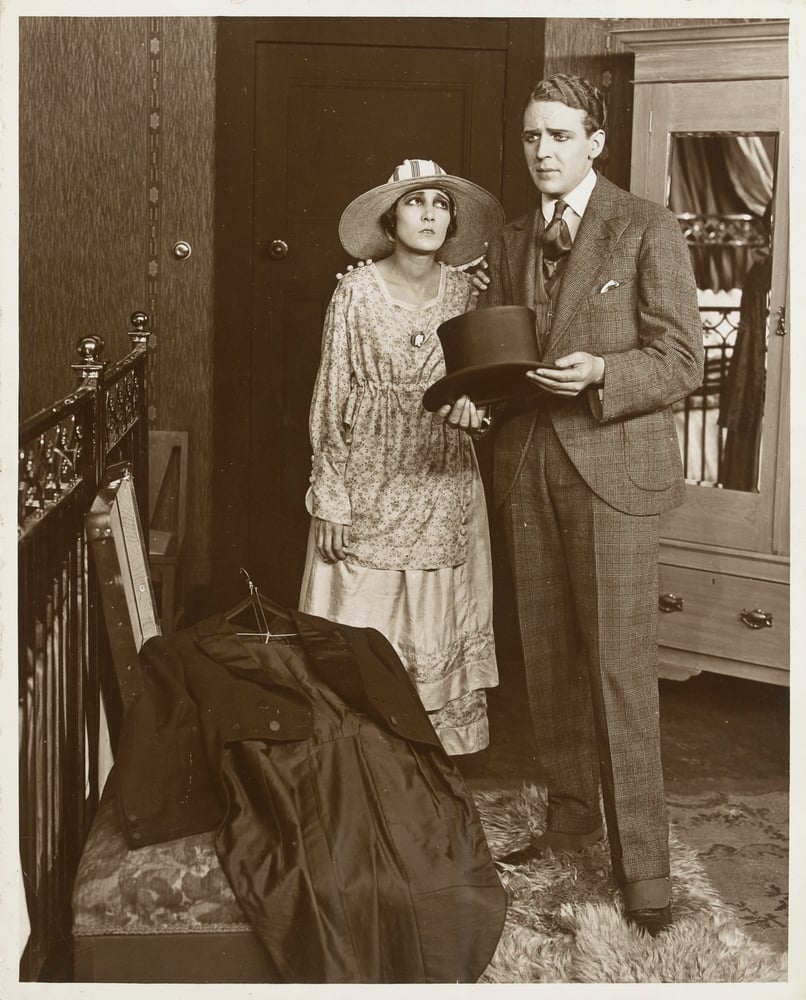
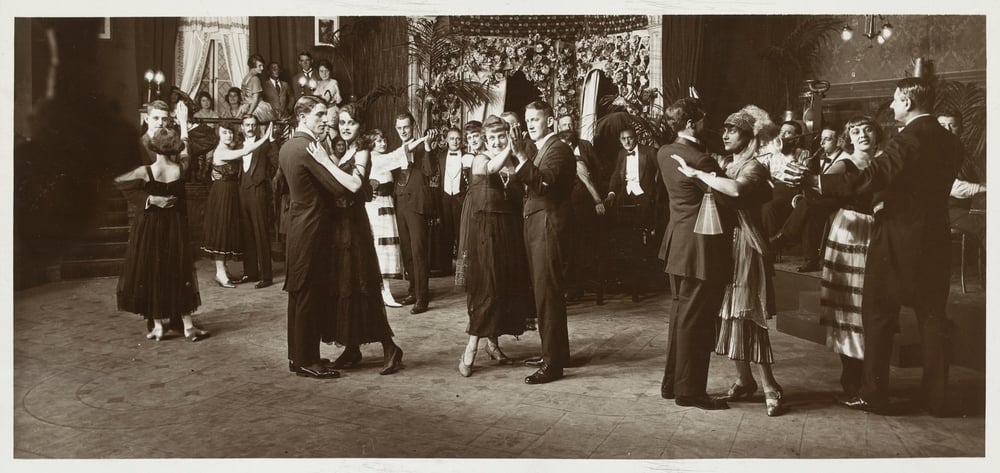
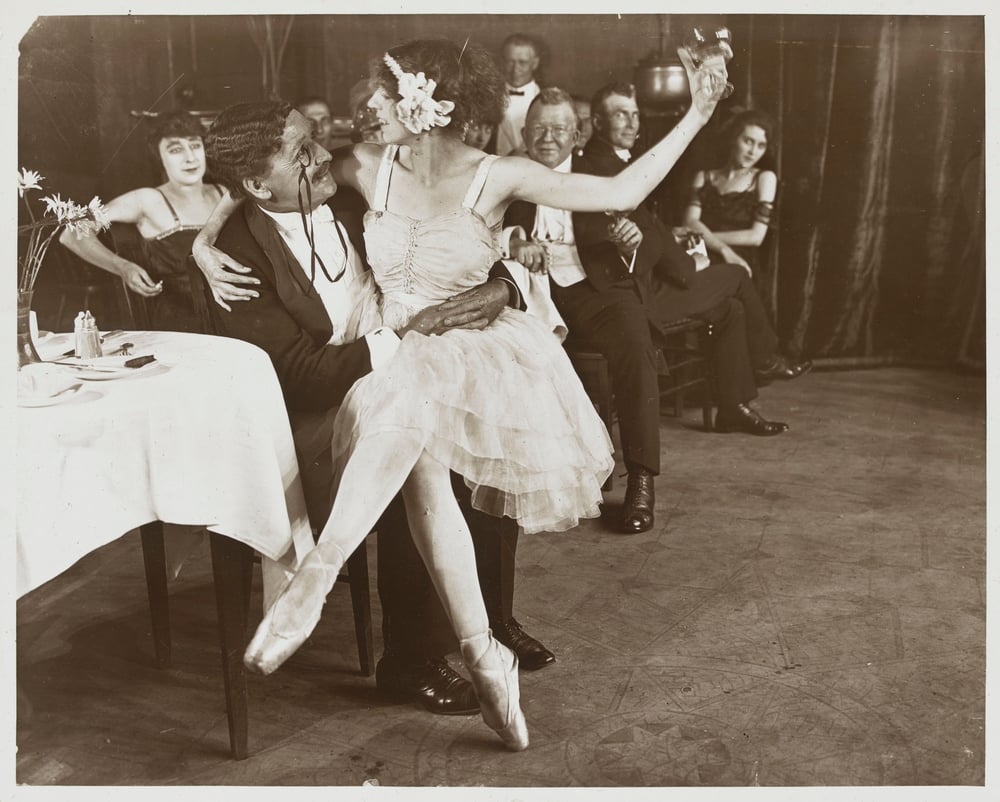
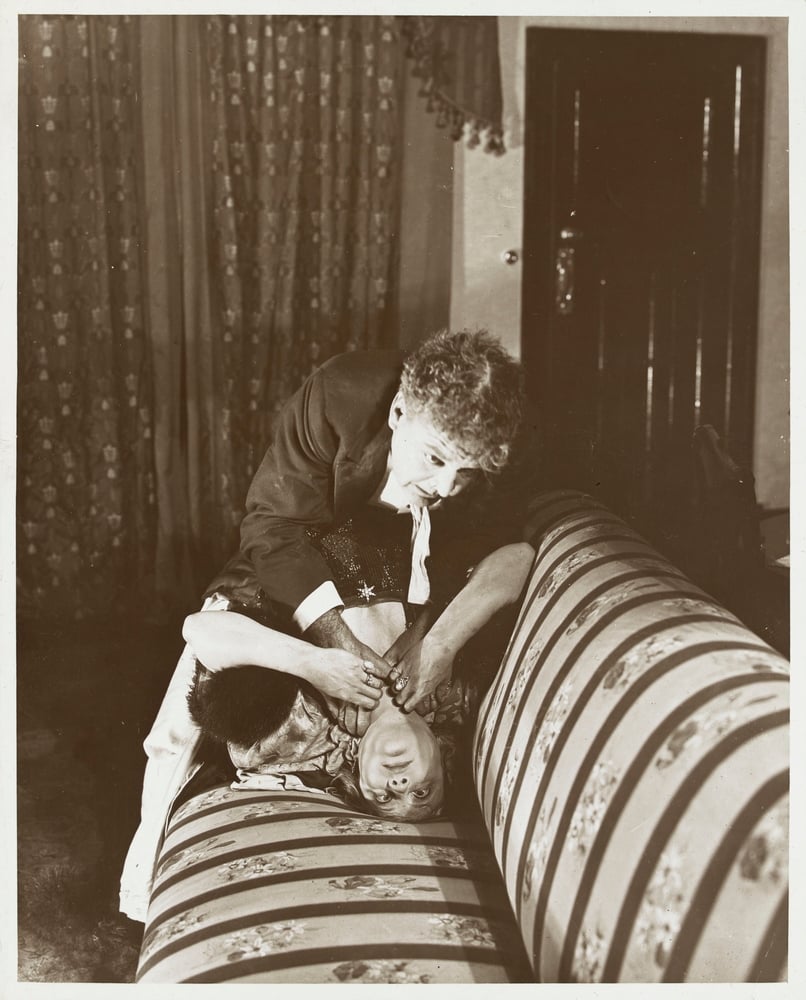


Thankyou for this rare insight into our early
Film making, very interesting
Warm wish’s
Elizabeth Schroeter
Ballarat
Thank you Elizabeth. Glad you found it interesting.
Glad to see these rare photos! Thank you for sharing!
A beautiful picture. Love to see that. Anyway thanks!
Thank you for your comment. I’m so glad you enjoyed the images. Olga
beautiful photos, I’m glad to see classic pictures, thanks for upload..
Thank you for the comment; I’m glad you enjoyed the photos!
Olga